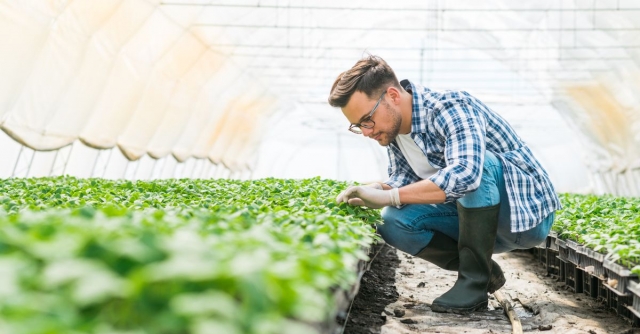Modern agriculture faces the challenge of feeding a growing global population while protecting the environment. Farmers and scientists now work together to develop innovative techniques that increase crop yields and promote healthier ecosystems. These eco-friendly farming practices are changing the game and offer a path forward, blending traditional wisdom with modern technology.
Understanding these methods provides insight into how agriculture can operate in harmony with nature.
Adopt No-Till Farming
No-till farming involves planting crops directly into the soil without prior plowing. This method helps maintain soil structure and reduces erosion. When soil remains undisturbed, it retains more organic matter and moisture.
This creates a healthier environment for beneficial microorganisms. Over time, no-till fields can sequester more carbon from the atmosphere, contributing to climate change mitigation. It also reduces fuel consumption and labor costs associated with traditional tillage.
Implement Crop Rotation
Crop rotation involves changing the types of crops grown on the same land over time. This approach helps prevent the buildup of pests and diseases that tend to develop when the same crop is planted repeatedly.
For example, planting legumes like soybeans can replenish soil nitrogen, reducing the need for chemical fertilizers in subsequent seasons. This natural nutrient management improves soil fertility and leads to more resilient crops.
Use Cover Crops
Farmers plant cover crops, like clover or rye, during the off-season instead of leaving fields bare. These crops protect the soil from wind and water erosion, suppress weeds, and improve soil health by adding organic matter when they decompose. Cover crops also provide habitats for beneficial insects and can help manage soil moisture levels.
Practice Rotational Grazing
Rotational grazing moves livestock between pastures on a schedule. This prevents overgrazing in any single area, allowing grasses to recover and regrow. The practice leads to healthier pastures, reduces soil compaction, and distributes animal manure more evenly, which acts as a natural fertilizer. Healthier pastures, in turn, provide better nutrition for livestock.
Integrate Agroforestry
Agroforestry combines trees and shrubs with crops or livestock on the same land. This integrated approach offers numerous benefits. Trees can provide shade, act as windbreaks, and prevent soil erosion. They also create habitats for wildlife and can provide additional income streams through fruit, nuts, or timber.
The diversity of an agroforestry system makes it more resilient to climate fluctuations. One related innovation, hydroponics' role in sustainable agriculture, also demonstrates how food can be grown in controlled environments, further reducing land pressure.
Looking Forward with Innovative Agriculture
Embracing these farming techniques helps build a more robust and responsible agricultural system. As more farmers adopt these methods, the collective positive impact on our environment grows.
The ongoing innovation in this field shows that food production and environmental stewardship can go hand in hand. These eco-friendly farming practices that are changing the game pave the way for a healthier planet and a more secure food future.






